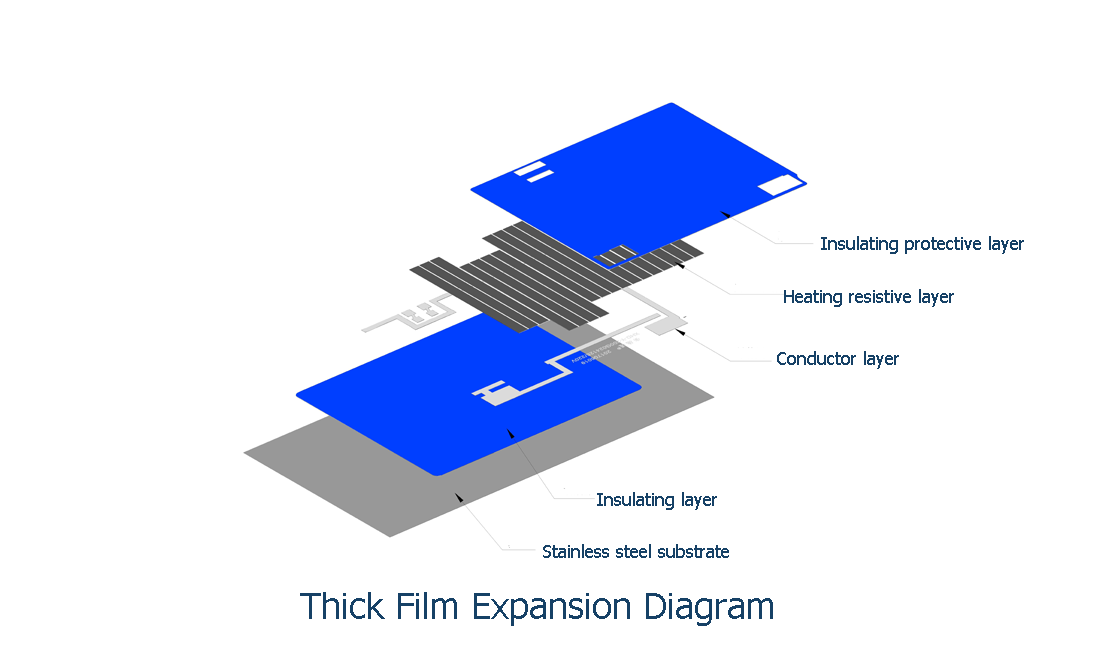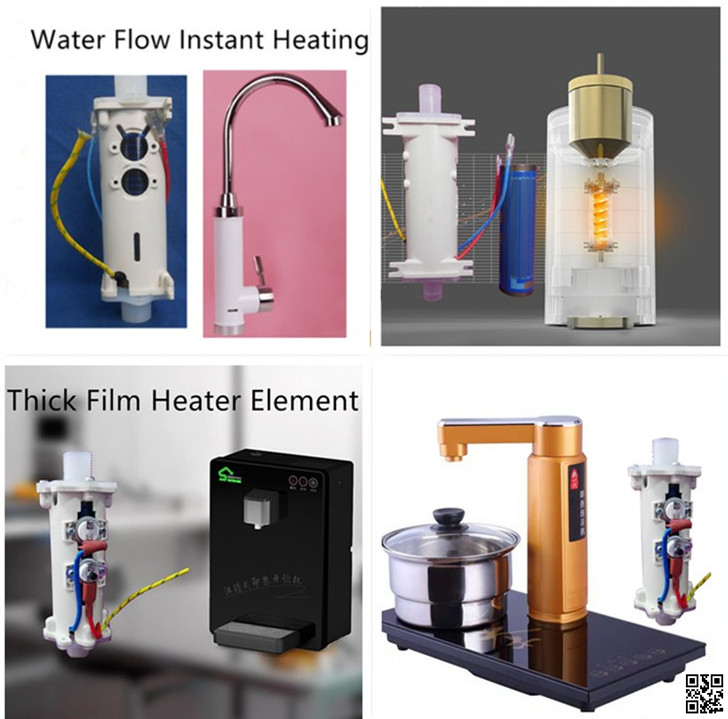What is chemical precipitation? What types of chemical precipitation methods?
The chemical precipitation method is also one of the methods of separation and purification. It is a process in which the target component (ion) in the solution is selectively precipitated as a poorly soluble compound by the action of a precipitating agent. When the precipitated component is an impurity ion and the valuable component remains in the solution, it is generally referred to as purification. On the contrary, it is called the preparation process of poorly soluble compounds. If the hard-to-turn compound is the final product, it is called a chemical concentrate or a separate product. The precipitates are usually various salts, hardly soluble sulfides and poorly soluble hydroxides.
Heater Category by Application Heater Category by Application,Heater Category,Small size heater,electric tubular heater XINXIANG JIEDA PRECISION ELECTRONICS CO.,LTD , https://www.tubularheater.de
According to the mechanism of chemical precipitation, it can be divided into two types.
First, the hydrolysis step contention hydrolysis step is one of the common methods of various leaching solution separated metal ions. When the acid immersion liquid is neutralized with a base or diluted with water, the metal cation therein is precipitated as a hydroxide or a base or a salt. If the process of precipitation of a metal hydroxide is also called hydrolysis, the reaction formula is:
M n+ + nOH - == M(OH) n
The formation of pure hydroxide precipitates is only an ideal situation and can only be achieved when the metal and acid radical concentrations are low. The actual leachate cannot satisfy this condition, so the metal salt precipitates at the same time as the hydroxide precipitate is formed, that is, the so-called basic salt precipitate.
Since some metal ions in the leachate are often in a low-cost form, they cannot be separated from the host metal by a simple hydrolysis method. Leachate from copper ore, for example, in addition to the iron, must first be oxidized to Fe 2+ to Fe 3+ iron removed by hydrolysis. Therefore, the oxidative hydrolysis purification method is commonly used in practice. The low-priced impurities are first oxidized to a high-priced form, and then neutralized by a neutralizing agent.
Second, insoluble salt precipitation method
In the chemical treatment of mineral raw materials, various precipitants are often used to form certain insoluble compounds with certain metal ions in the solution to separate impurities and extract useful components. Commonly used precipitating agents include sulfides, chloride, carbonate, phosphate, xanthates, oxalate and the like. They all use the difference in the solubility product of each compound to separate the target components.
Since most metal sulfides are insoluble salts, that is, the solubility is very small, the solubility of different metal sulfides is different; the sulfide precipitation method is to use sodium sulfide or hydrogen sulfide as a metal precipitant, which can be realized by controlling the sedimentation conditions. Separation of metal.
In addition to sulfide precipitation method, properties of certain metals may also be utilized insoluble phosphate, arsenate, phosphate, oxalate, fluoride, chloride, uranyl formate, tungstate, molybdate and the like is The components are separated. For example, ion-adsorbed rare earth ore is usually leached with 5~10 brine or 1.5~3.5% (NH 4 ) 2 S0 4 solution, and the rare earth is transferred into the solution. Under the condition of pH=1~2.0, it can be precipitated with oxalic acid. The mixed rare earth oxalate is obtained, and after filtration and washing, the mixed rare earth oxide is obtained.
In addition to the addition of a precipitant to precipitate some of the poorly soluble compounds, it is also possible to precipitate some of the components in the form of insoluble compounds by means of concentrated crystallization or salting out, such as crystallization in an alkali leaching solution of tungsten mineral raw materials. Crystallization of sodium tungstate and the like are precipitated.
The thick film heating technology is new type of heating technology which is developed mainly by DuPont and Heraeus in 1990s. They developed the electronic paste can be used on the stainless steel substrate firstly. Using screen printing technology to print and sinter dielectric layer, resistance layer, silver conductor layer and isolation glazes protective layer on the stainless steel, so as to obtain a new type of Heating Element

Thick film heater can successfully replace Traditional Electric Heating
Tubes/Elements, change their structures and performance completely, which can
reduce energy consumption, increase energy utilization and save space.

Thick Film Heater Elements are widely applied in Instant Hot Water Dispenser, instant boiling water heaters, sous vide, coffee maker, electric heating water faucet, instant water flow heater under sink, diswasher, washing machine,formula dispenser, vending machine, industrial water flow heater, circulating heating of swimming pool water,
industrial equipments etc.
